RTI: Understanding the Multi-Tiered System for New Educators
VerifiedAdded on 2023/04/25
|20
|769
|265
Report
AI Summary
This report provides a comprehensive overview of Response to Intervention (RTI) for new educators. It begins with an introduction to RTI as a multi-tier method for early support and identification of students with learning and behavioral needs, detailing its role in both special and general education. The report explains the three tiers of RTI, outlining the factors that determine appropriate student placement within each tier, and how the RTI model can meet the needs of students with and without disabilities. It also highlights research-based intervention strategies across multiple RTI levels, including active learning, teaching, and screening methods. The report references key studies and provides practical strategies for implementing RTI in the classroom, making it a valuable resource for educators seeking to understand and implement effective intervention strategies to support student success.
1 out of 20
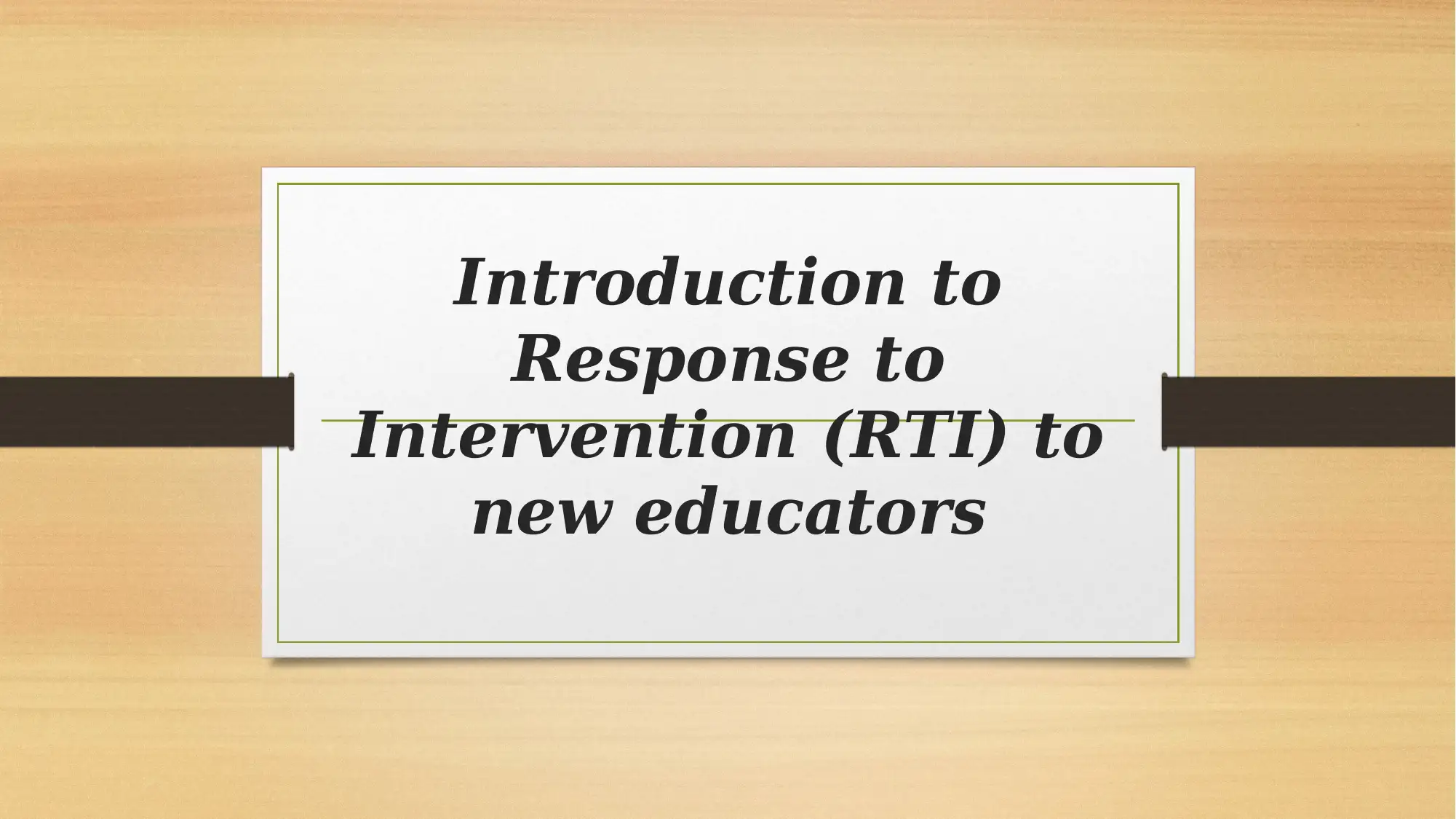
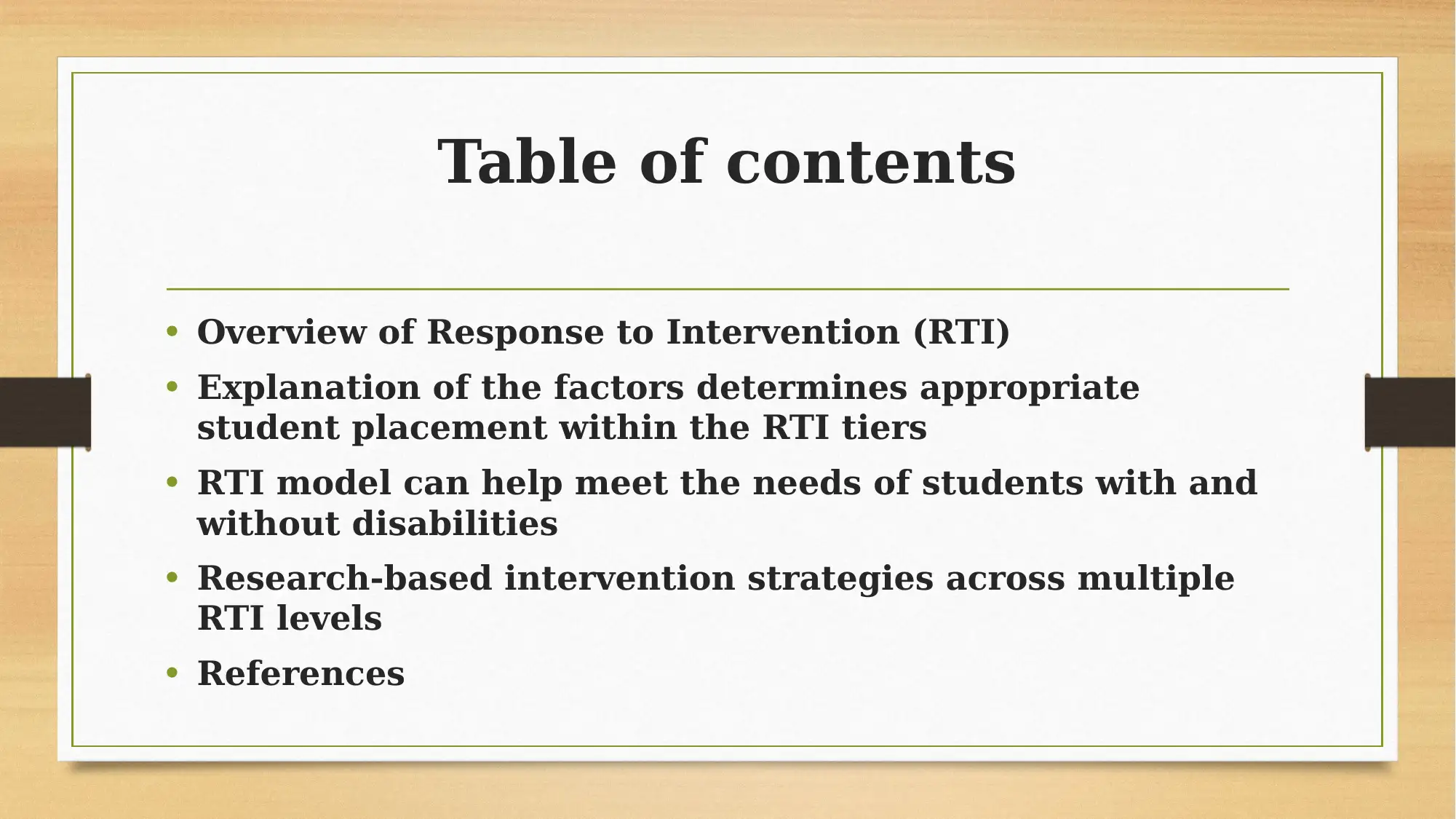
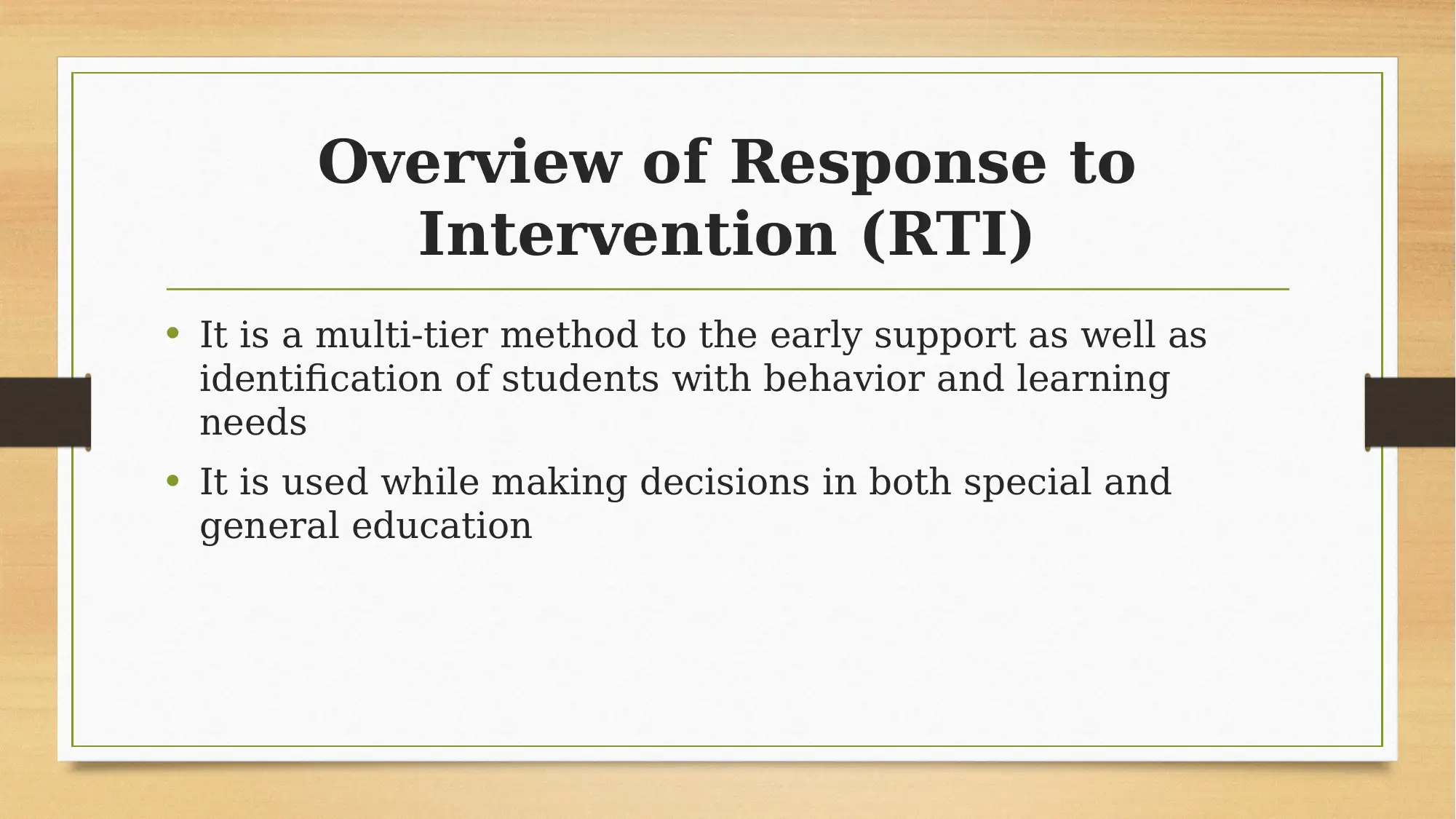

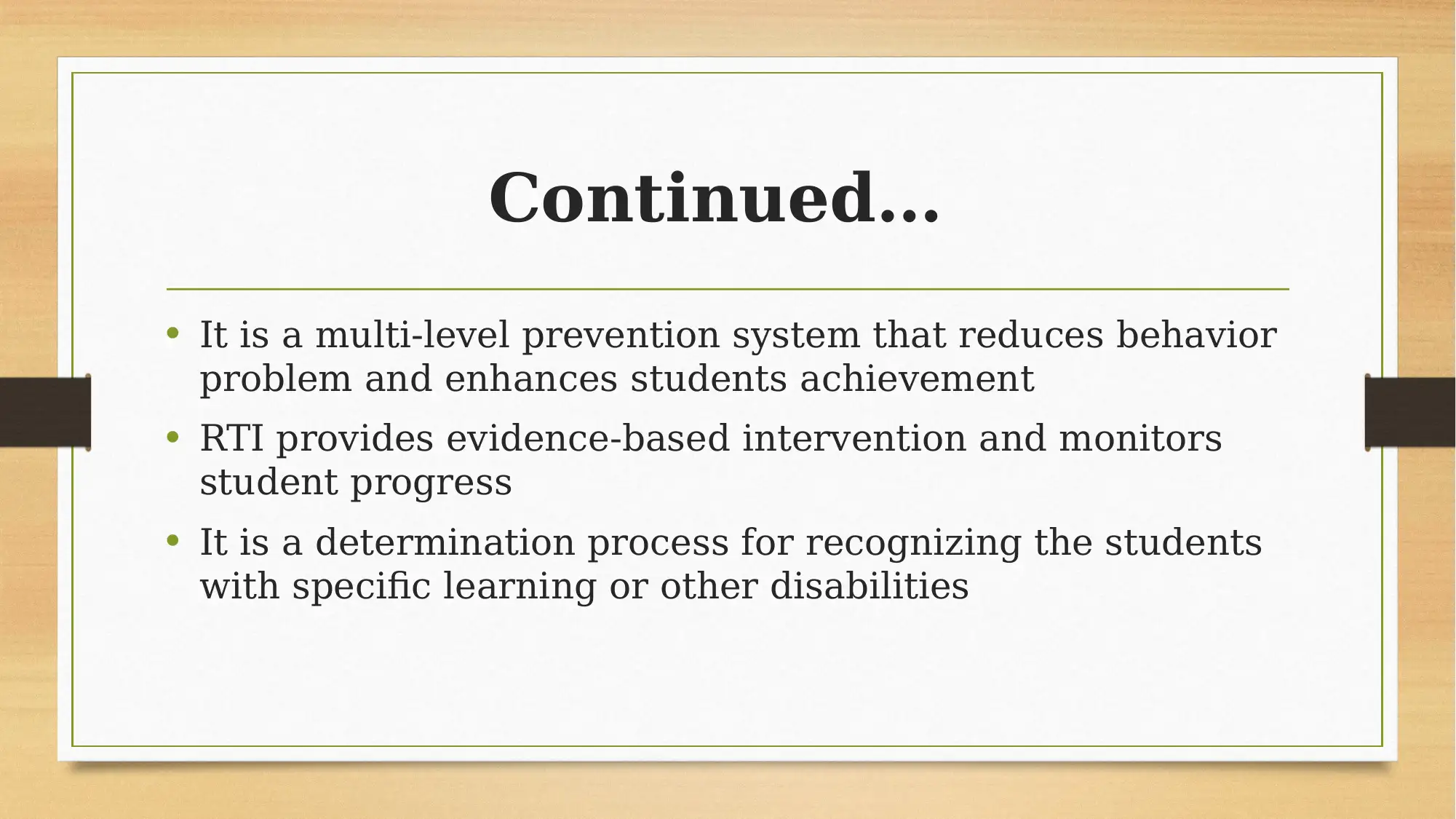
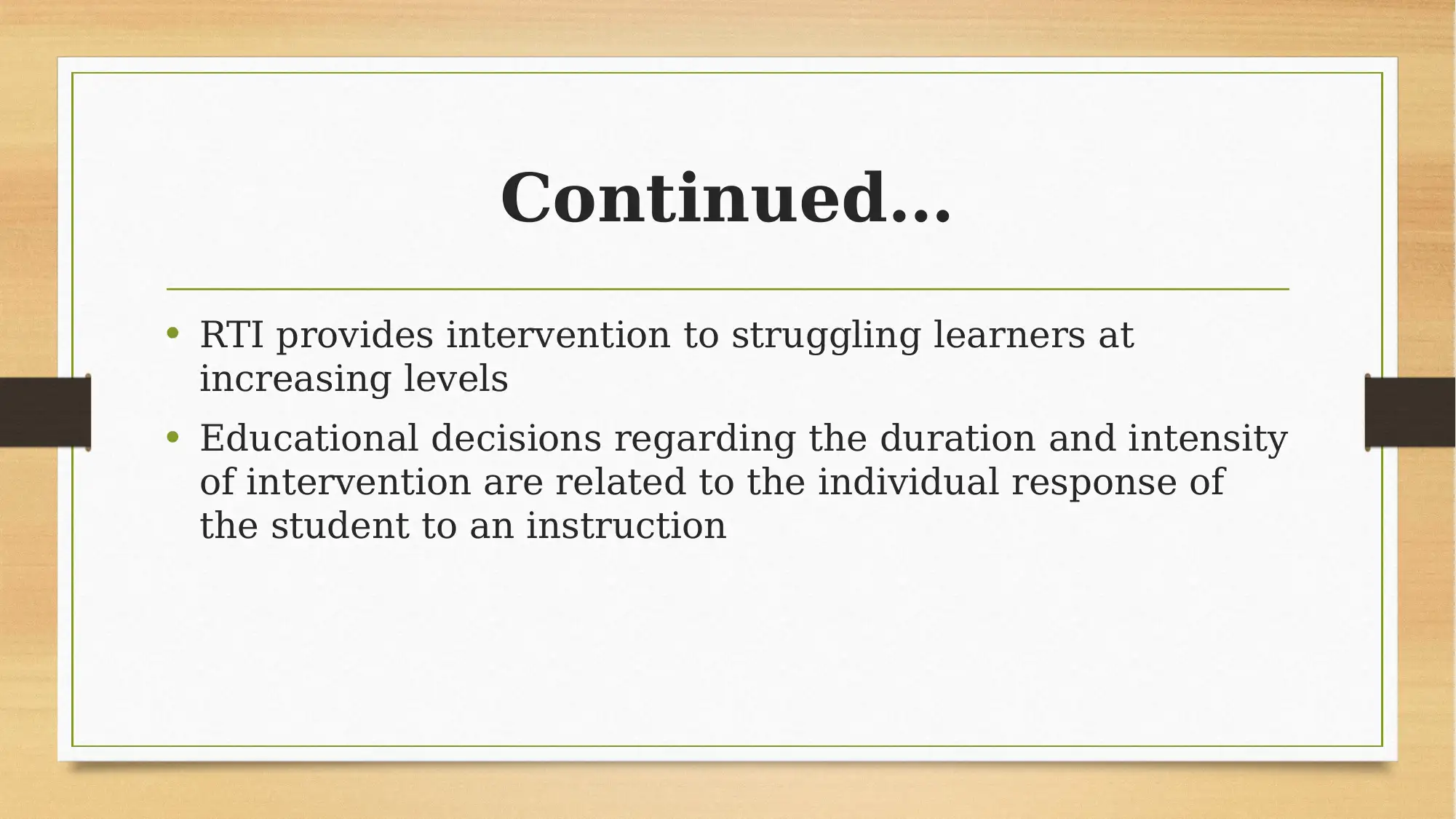
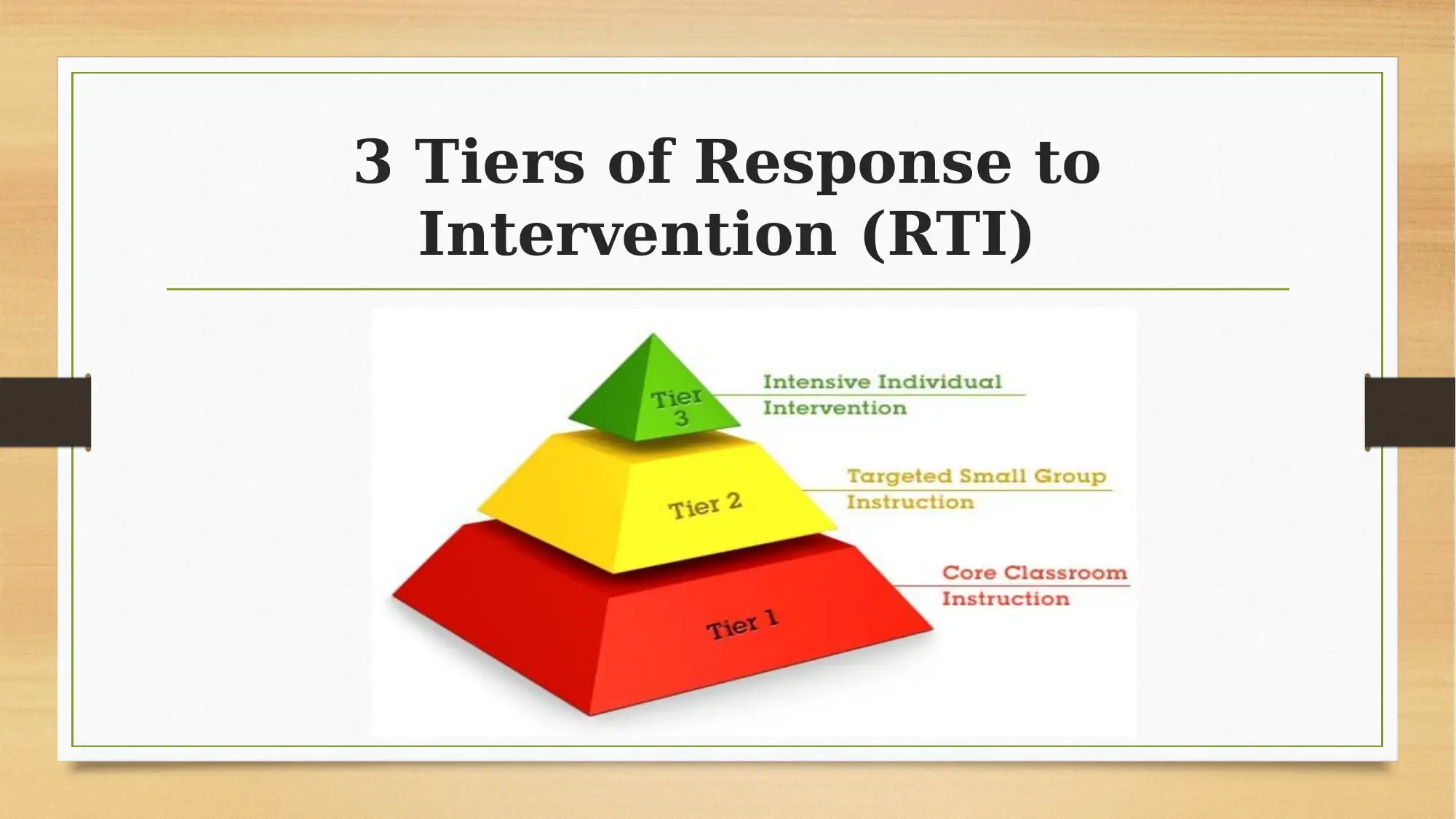
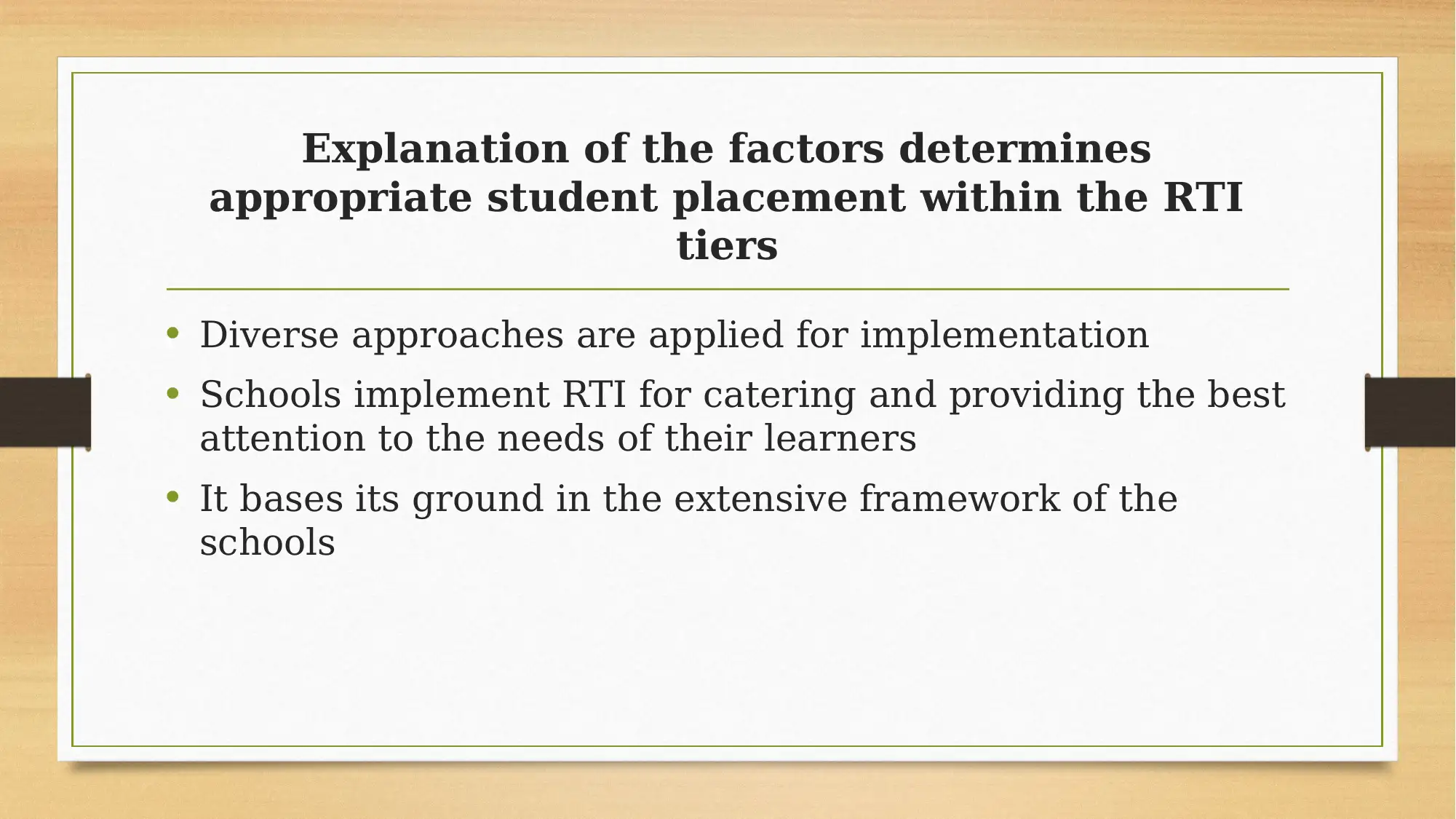
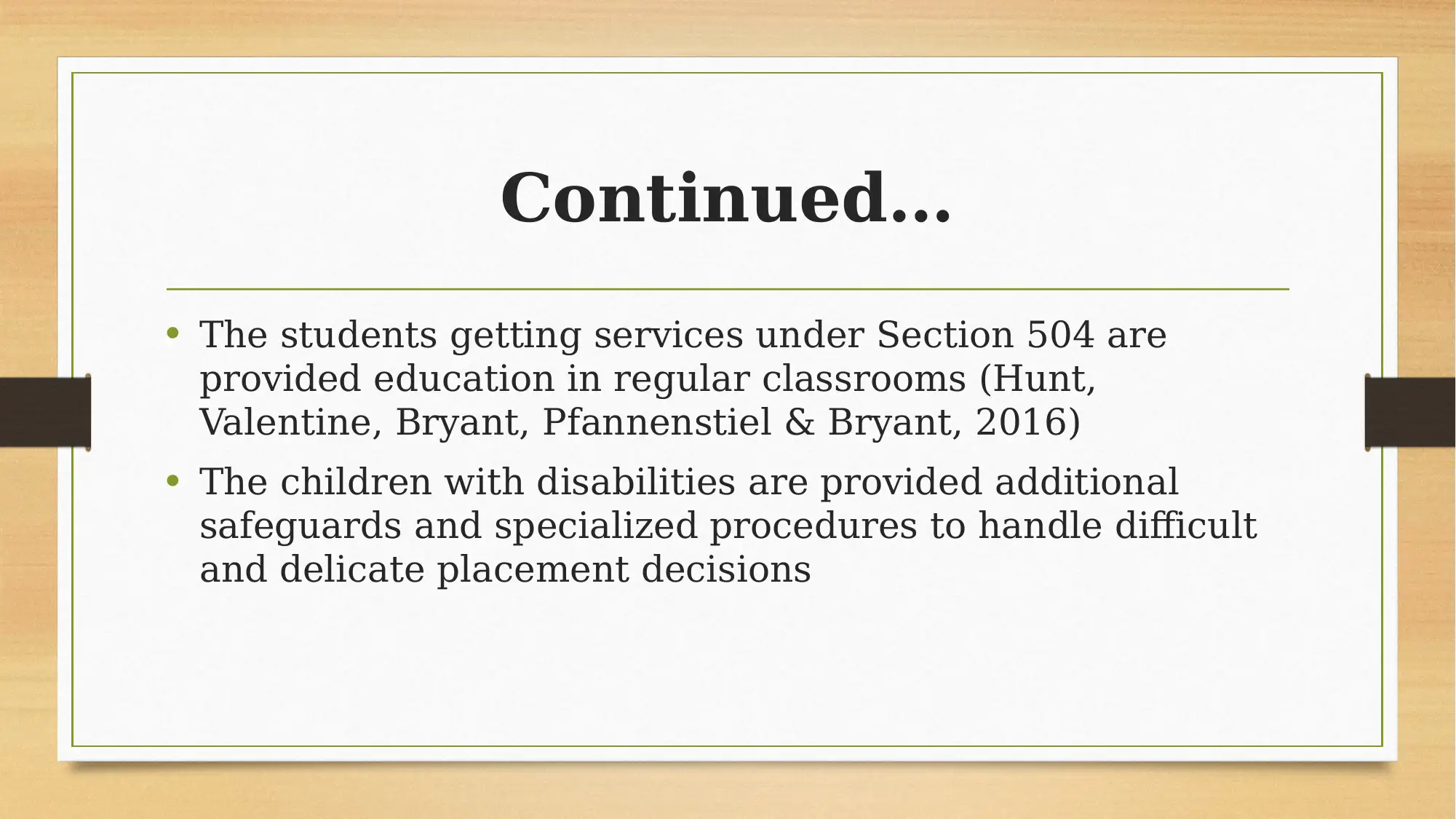
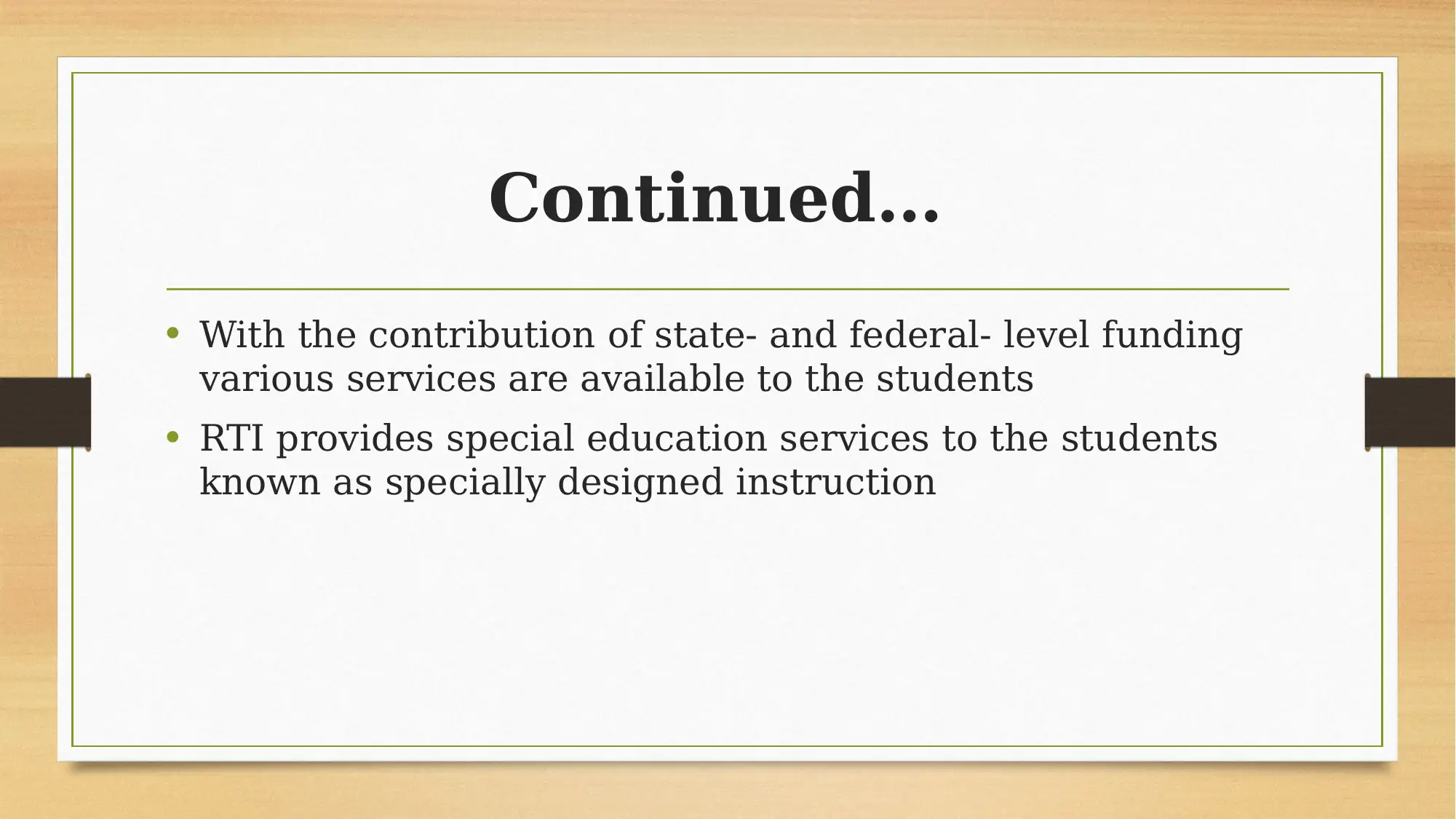
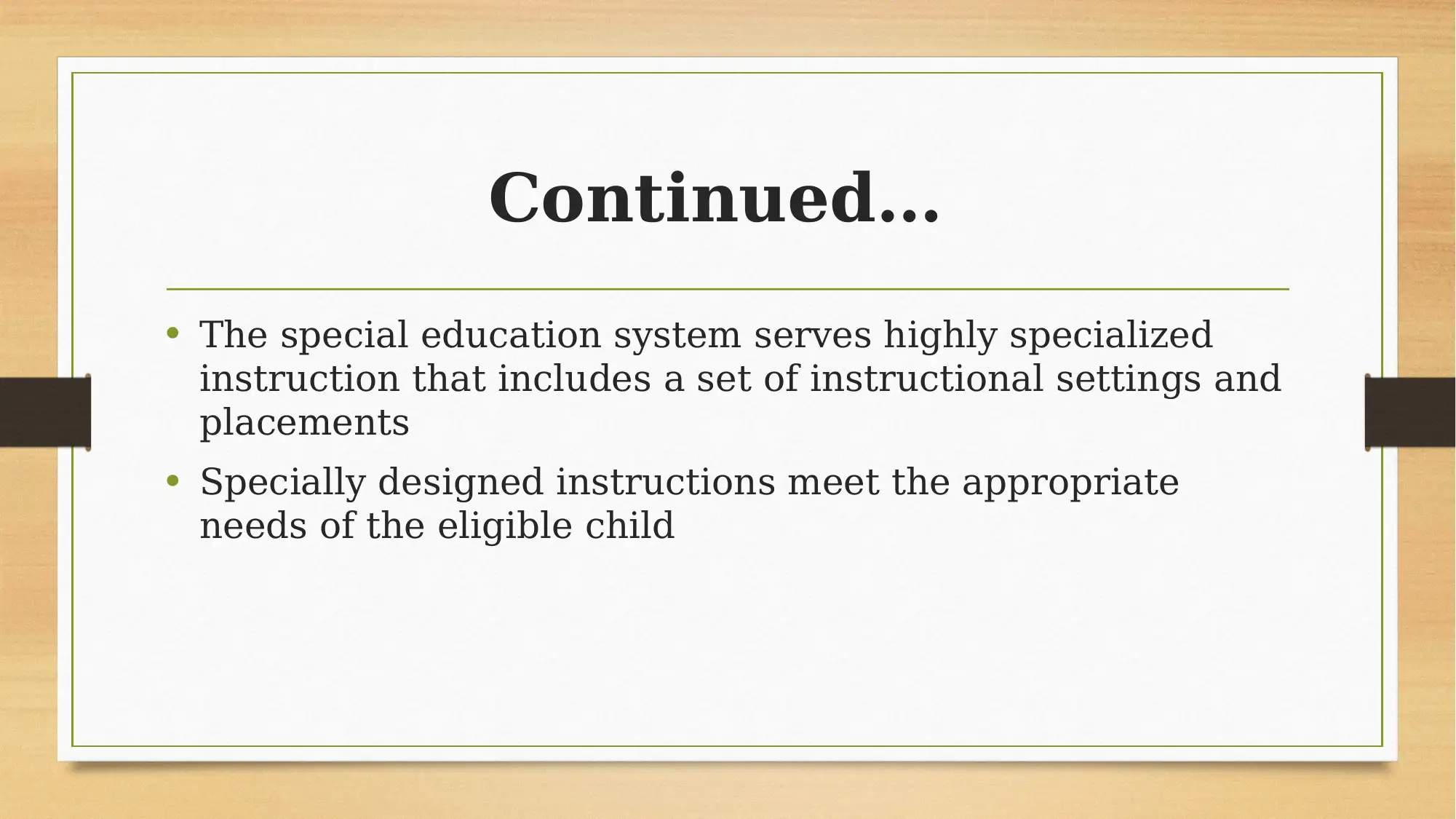
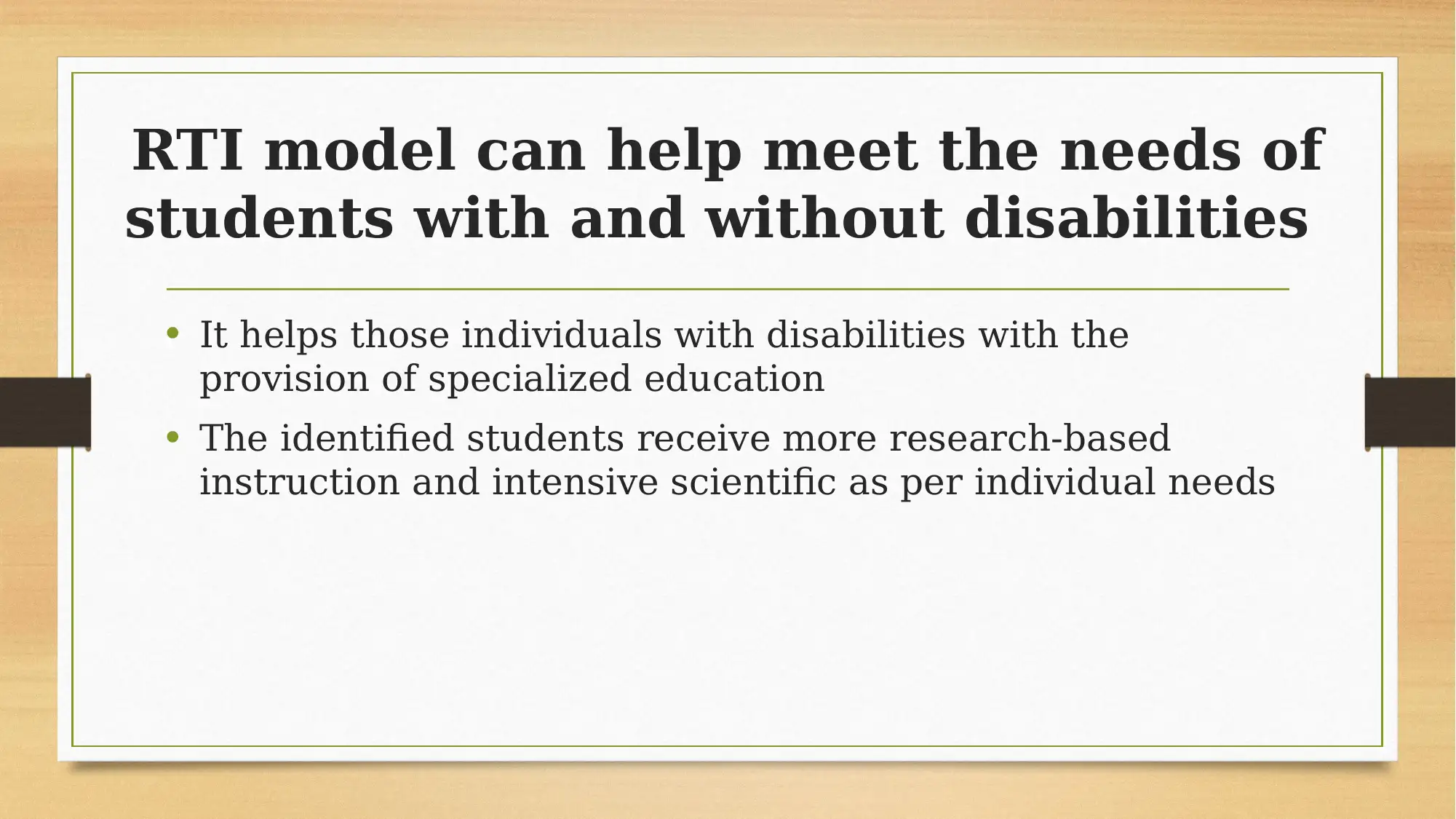
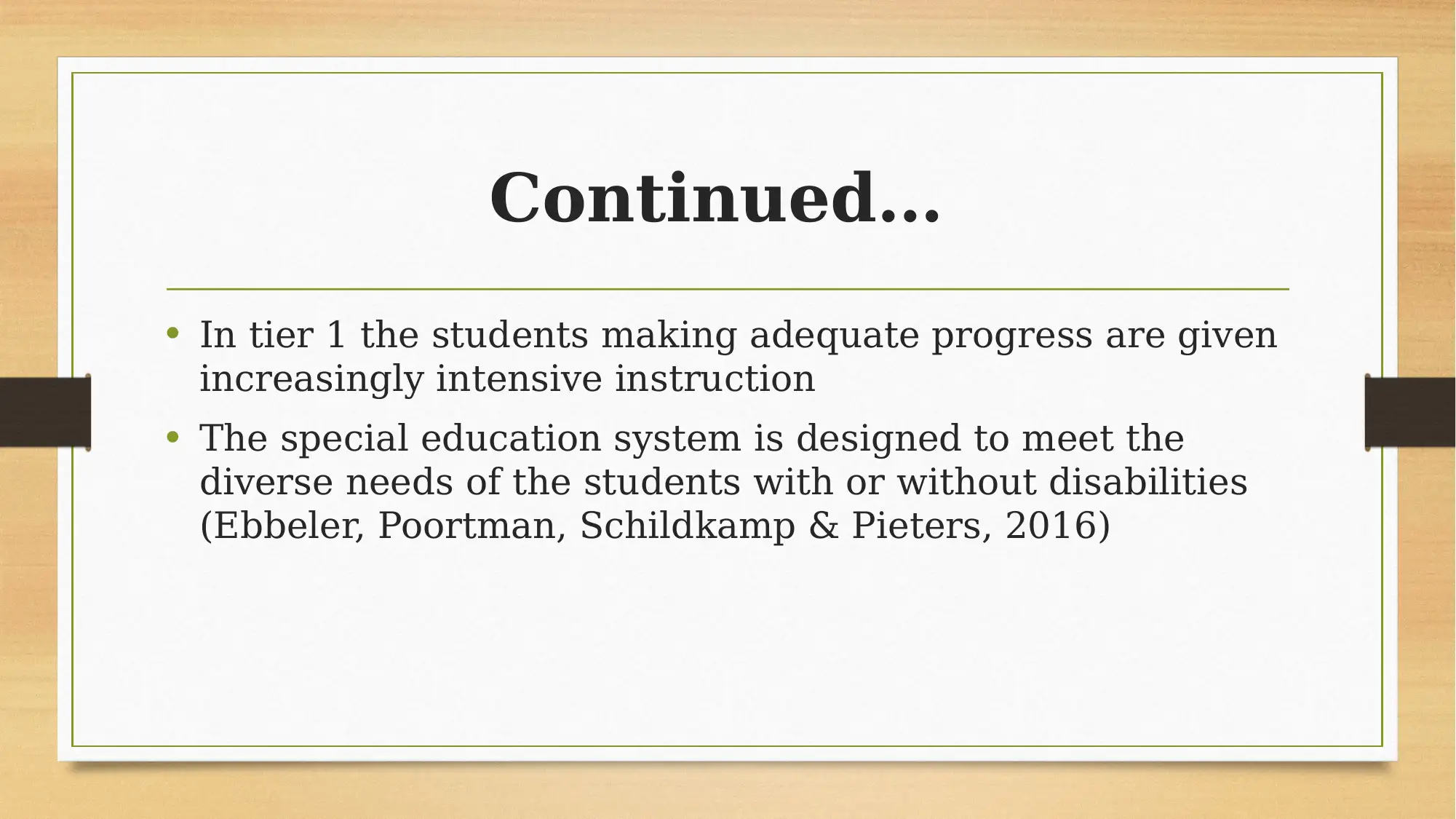






![[object Object]](/_next/static/media/star-bottom.7253800d.svg)